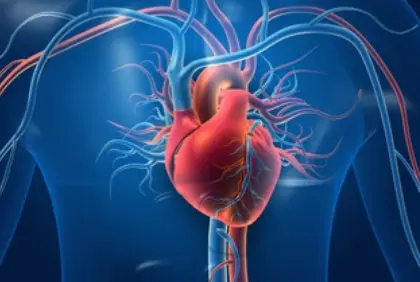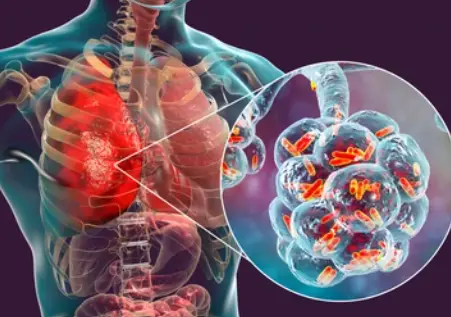 Welcome
Welcome
“May all be happy, may all be healed, may all be at peace and may no one ever suffer."
- A
- B
- C
- D
- E
- F
- G
- H
- I
- J
- K
- L
- M
- N
- O
- P
- Q
- R
- S
- T
- U
- V
- W
- X
- Y
- Z
Pain and inflammation - Generics
Pain and inflammation are two common responses of the body to injury or illness. Pain is a subjective experience that is felt when the brain interprets signals from nerve endings in the affected area, while inflammation is the body's natural response to injury or infection.
Inflammation is a complex process that involves the release of various chemical mediators, including cytokines, histamine, and prostaglandins. These mediators cause blood vessels in the affected area to dilate, leading to increased blood flow and swelling. This swelling can put pressure on surrounding tissues and nerves, causing pain.
Pain and inflammation can be acute or chronic. Acute pain and inflammation are usually short-lived, lasting only a few days or weeks, and are often the result of an injury, infection, or surgery. Chronic pain and inflammation, on the other hand, can last for months or even years and are often the result of conditions such as arthritis or fibromyalgia.
Treatment for pain and inflammation depends on the underlying cause and severity of the symptoms. In many cases, over-the-counter pain relievers such as acetaminophen or nonsteroidal anti-inflammatory drugs (NSAIDs) can help reduce pain and inflammation. These medications work by blocking the production of prostaglandins, which are responsible for causing pain and swelling.
For more severe pain and inflammation, prescription medications such as corticosteroids or opioids may be necessary. Corticosteroids work by reducing inflammation, while opioids work by blocking pain signals to the brain.
Other treatment options for pain and inflammation include physical therapy, acupuncture, and lifestyle changes such as exercise and diet modifications. In some cases, surgery may be necessary to correct the underlying problem and relieve pain and inflammation.
In conclusion, pain and inflammation are common responses of the body to injury or illness. Acute pain and inflammation are usually short-lived, while chronic pain and inflammation can last for months or even years. Treatment for pain and inflammation depends on the underlying cause and severity of the symptoms, and may include medications, physical therapy, or surgery.

Protect sensitive skin

Headache

Erysipeloid

Acute rheumatic carditis

Bacteraemic pneumonia

Dental anesthesia

Deep tissue Candida infec...

Heart disease
Pain and inflammation, ব্যথা এবং প্রদাহ
To be happy, beautiful, healthy, wealthy, hale and long-lived stay with DM3S.